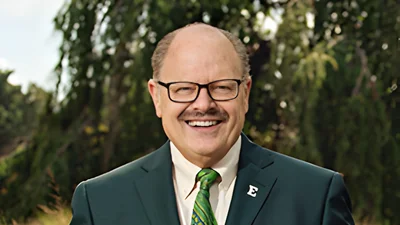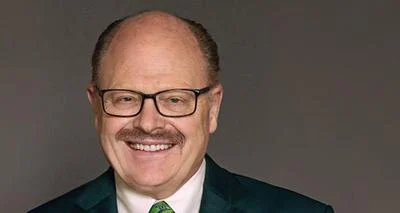Santa J. Ono, Ph.D. President at University of Michigan - Ann Arbor | Official website
Santa J. Ono, Ph.D. President at University of Michigan - Ann Arbor | Official website
Large satellite constellations like Starlink and Kuiper currently use laser interlinks to transfer data at high speeds, but each satellite must rely on its own fuel and propulsion systems. A new project led by the University of Michigan seeks to expand the function of these laser links beyond communication.
The initiative, called Orbital Architectures for Cooperative Laser Energetics (ORACLE), has received $2 million in funding from the Air Force Office of Scientific Research. The three-year project aims to enable satellites within a constellation to share both power and momentum through their existing laser connections.
Christopher Limbach, assistant professor of aerospace engineering at the University of Michigan and leader of ORACLE, explained the potential impact: “With the explosive growth of satellite constellations, we are now at a moment where expanding cooperation between satellites via laser links can create capabilities we’ve never seen before. By integrating data, power and momentum sharing into a single laser-based framework, ORACLE could transform constellations from collections of independent satellites into dynamic, interconnected systems.”
By allowing satellites to transfer momentum using lasers, they may be able to maneuver without relying solely on onboard fuel. Sharing energy through these links could also improve propulsion efficiency. These advancements are expected to increase mission sustainability and resilience against disruptions such as space weather. Additionally, they could make it easier to reconfigure satellite networks or remove debris from orbit.
The ORACLE team is approaching this challenge from four different technical perspectives. In the final year of the project, researchers plan to demonstrate a prototype laser terminal that can handle data transmission as well as power and momentum transfer.





 Alerts Sign-up
Alerts Sign-up